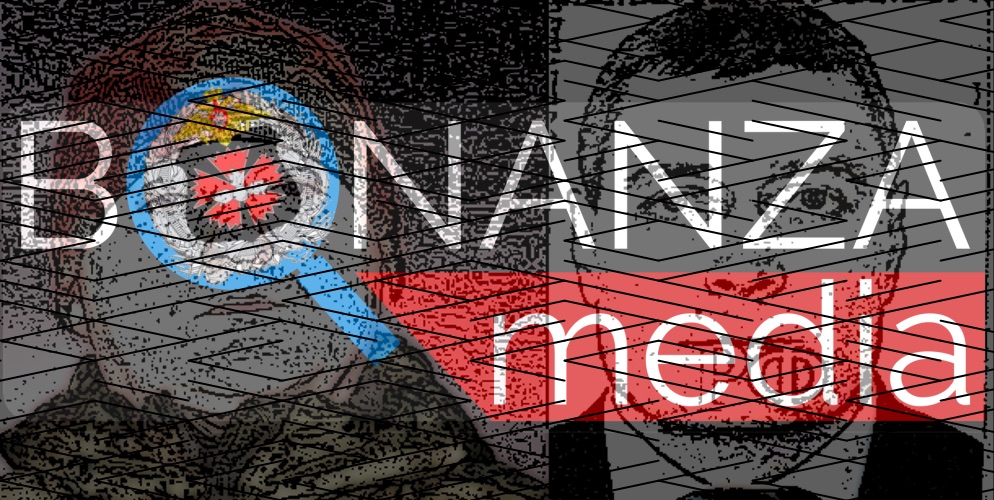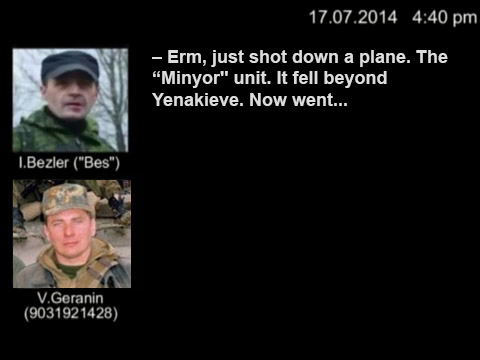Zaroshchens'ke Revisited: Almaz-Antey's New Launch Areas
Download the full report here: Zaroshchens’ke Revisited: Almaz-Antey’s New Launch Areas ![]()
Данный отчет также доступен на русском языке ![]()
The cause of the crash of MH17 was investigated by the Dutch Safety Board (DSB). In their final report, presented on 13 October 2015, the DSB identified a 9M38 series missile, launched from a Buk surface-to-air missile launcher positioned in an area near Snizhne, as the cause of the crash. This finding has been criticized by Russia. Almaz-Antey, the successor to the original producer of the Buk M1, had already published its own calculations, including a proposed launch area, on 2 June 2015. The DSB report indicates that these findings were forwarded to them. On 13 October 2015, just hours before the DSB’s presentation, Almaz-Antey presented new findings, including the results of a live explosion test performed on the ground. The new Almaz-Antey presentation also included two new launch areas, one for a 9M38 missile and one for a 9M38M1 missile.
The plausibility of the first launch area presented by Almaz-Antey was already discussed in a previous Bellingcat investigation. That investigation analyzed situation maps, satellite imagery, and press reports from the area and arrived at the following main conclusions: The Almaz-Antey launch area presented on 2 June 2015 was under Russian control, and there were no Ukrainian troops in the area on 17 July 2014. Also, there were no Ukrainian Buks in the proposed launch area on 17 July 2014. However, there is not enough information to reject a missile launch from the area. Because there are relevant differences between Almaz-Antey’s old launch area and its two new launch areas, it should be asked whether these conclusions still hold for the new launch areas. This question is covered in this report.
The preceding investigation on the alleged Zaroshchens’ke launch area primarily based its conclusions on three sources of information: press reports from the area after the downing of MH17, situation maps depicting forces controlling the area, and satellite imagery to assess the situation on the ground. This report also draws upon the information presented in the preceding report. However, additional information is also introduced. This includes new press reports and a closer look at two villages of special interest: Shaposhnykove and Velyka Shyshivka. Given the relocation of the Almaz-Antey launch areas, the importance of both villages for the assessment has increased.
Applying the same evaluation principles that were already applied to the Zaroshchens’ke launch area in the previous Bellingcat study mentioned above, it is possible to reject the claim that Ukrainian troops were present on 17 July in the launch area for the 9M38M1 missile. It is also possible to reject the claim that a Ukrainian Buk was in the area on that day. The rejections of both hypotheses substantiate that a potential missile launch from this area could not have been performed by a Ukrainian Buk. But it is possible to go further and assess that even a missile launch from this area can be rejected.
The assessment for the alleged launch area for the 9M38 missile does not allow for the rejection of the claim that Ukrainian troops were in the area on 17 July 2014. However, it can be rejected that a Ukrainian Buk was in the launch area. A missile launch from the area is considered highly unlikely, but there was not enough evidence to reject a missile launch from this area completely.
Read the full report for more details: Zaroshchens’ke Revisited: Almaz-Antey’s New Launch Areas


